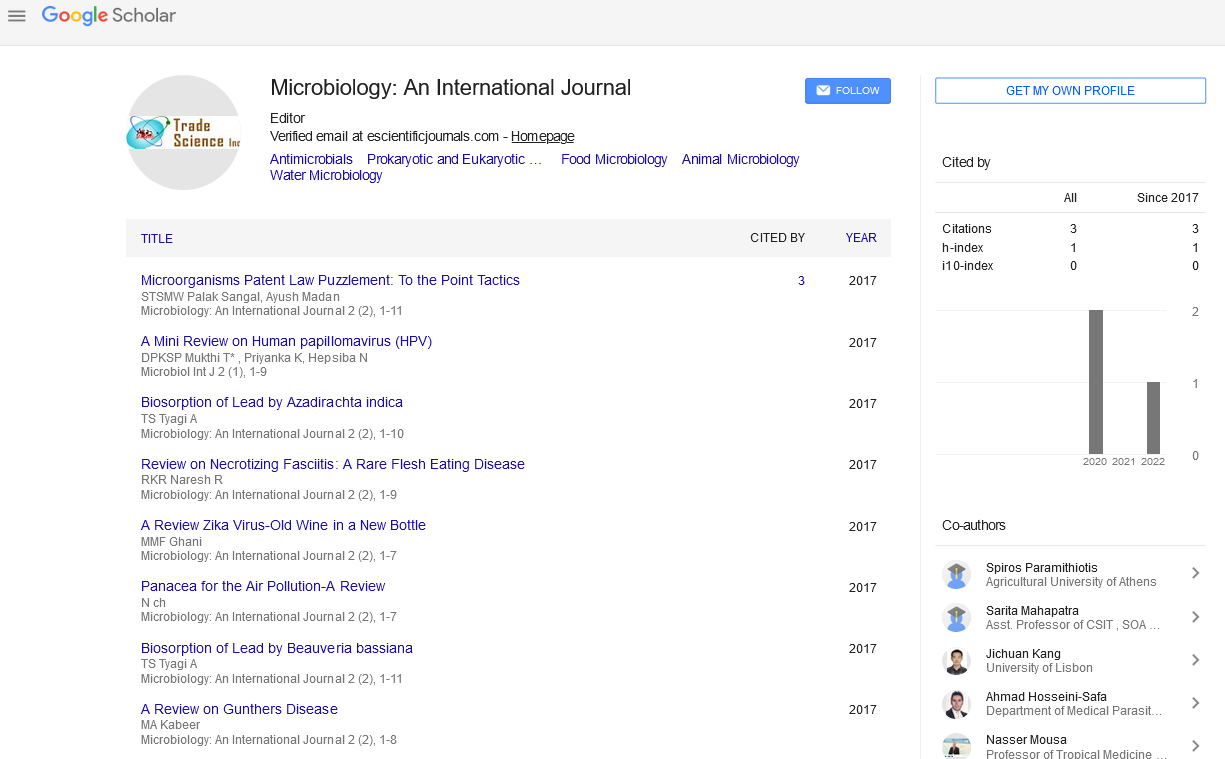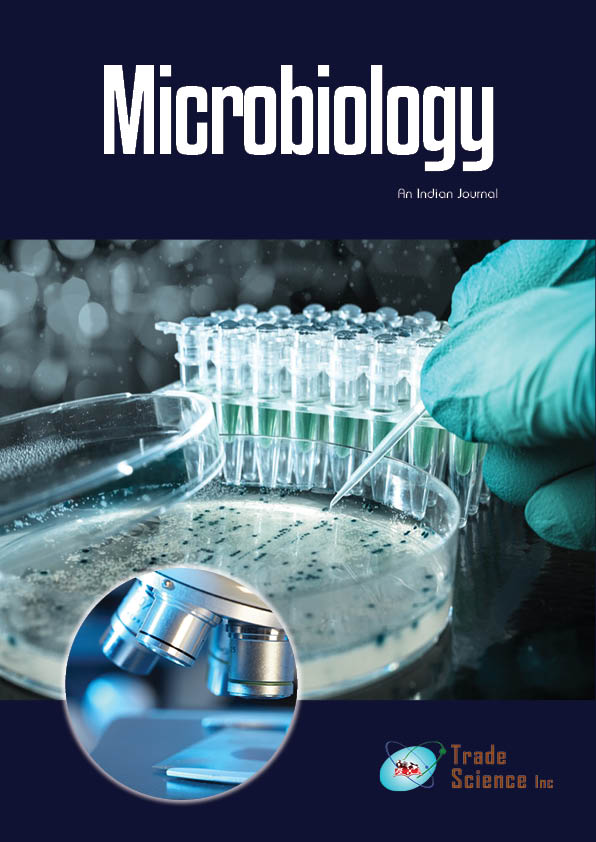Abstract
Non-Susceptible to Tigecycline Acinetobacter Baumannii is found all over the world.
Author(s): Razia Ansari*Acinetobacter baumannii is a Gram-negative, multidrug-resistant (MDR) bacterium that causes nosocomial infections, particularly in critically ill patients with central venous catheters. When compared to other non-baumannii species, A. baumannii has evolved a broad range of antibiotic resistance, which has been linked to a greater mortality rate among infected patients. Resistant strains are linked to longer in-hospital stays and higher mortality rates. A. baumannii can cause a range of infections; the majority affects the respiratory system, particularly ventilator-associated pneumonia, but bacteremia and skin wound infections have also been recorded, the latter of which has been seen frequently in the aftermath of war-related trauma. Meningitis has been linked to A. baumannii in the past. Previous antibiotic use, mechanical breathing, length of ICU/hospital stay, severity of illness, and use of medical devices are the most prominent risk factors for the acquisition of MDR A. baumannii. Current research focuses on all of the antimicrobial resistance mechanisms found in A. baumannii, with the goal of determining the most promising therapy scheme. Therapeutic techniques based on bacteriophage and artilysin have been reported as effective, but more research into their clinical application is needed. The modulations of antibiotic transport through bacterial membranes, mutation of the antibiotic target site, and enzyme alterations that result in antibiotic neutralisation are all examples of antimicrobial resistance mechanisms. There's also talk about virulence factors that can influence antibiotic susceptibility profiles and lead to drug resistance.

